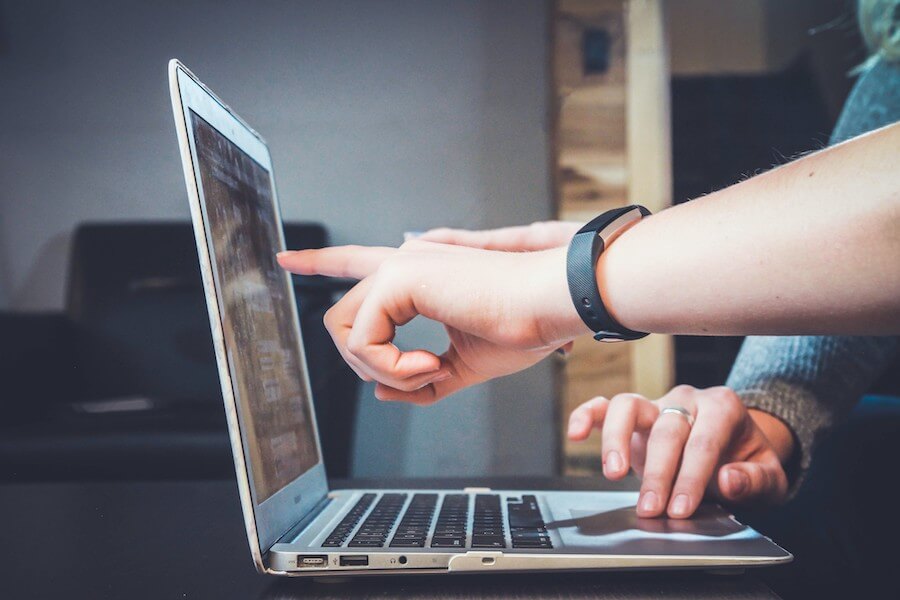20 % of PwDs have lost their traditionally lower-paying jobs as part of COVID closures. Why not start over and train for a higher paying job in accessibility?
People with disabilities have always been on the outer fringe of employment.
- Before COVID, the unemployment rate for people with disabilities was 7.9%, more than twice the rate for people without disabilities.
- Due to lower rates of post-secondary education, PwDs are more likely to be in blue-collar jobs like retail, the category which COVID has hit the hardest.
People with disabilities have been hit harder than people without disabilities by COVID furloughs and reduced hours.
- A recent survey by Global Disability Inclusion showed that 51% of people with a disability have either been laid off, furloughed, or believe they will lose their job in the next 90 days compared to 28% of those without a disability.
- 20 % of people with disabilities have lost their jobs or been furloughed as part of COVID-19. This figure compares to 14 % of people without disabilities who have lost their jobs or been furloughed during the same period.
- People with disabilities are more likely to be impacted more severely by a job loss because of their already lower (on average) socioeconomic status.
If you have basic tech skills and are disabled and unemployed (or underemployed), you should consider becoming an accessibility tester. Women are particularly well represented in the accessibility field. Many top accessibility managers at large companies such as Microsoft and Oracle and consulting companies such as DeQue and Barrier Break are women.
What do accessibility testers do?
Accessibility testing is a specialized form of software testing that ensures that software works for people with disabilities. To be a successful accessibility tester, one must:
- Learn how to use assistive technology utilized by people with disabilities to interact with software such as a keyboard instead of using a mouse or a touchscreen, or a screen reader to turn visual content into sound for someone who is blind.
- Learn basic software testing skills such as writing test plans and test cases, and documenting bugs.
- Understand the 50 guidelines established by the international standard WCAG 2.1 Level AA and how they apply to websites, mobile apps, and PDF files.
- Master working with people with disabilities, including understanding how they process data.
The most important thing that people with disabilities bring to the table in an accessibility testing role is empathy. Having a disability makes testers more empathetic to others with disabilities, even when they are different disabilities.
Advantages of accessibility careers
- Regulatory compliance and litigation are driving a need for accessibility testers, creating a demand that way outstrips the supply for certified accessibility testers.
- It’s one of the few careers where being disabled is considered a bonus.
- There is a broad range of companies hiring accessibility testers, including government, education, non-profit, consulting, and a full spectrum of corporate organizations.
- Being competent at accessibility testing does not require a college education. In fact, there are few college-credit courses that focus entirely on accessibility.
- The accessibility testing skills outlined above can be learned in a relatively short period.
- Many of the resources available to gain initial accessibility testing practice can be obtained for free.
- Accessibility careers are a natural jumping-off point for even higher-paying jobs in design, UX, and UI/front end development.
If those seven facts were not enough, here is perhaps the most convincing factor: managers of accessibility teams are more familiar with working alongside people with disabilities than most managers are. Reasonable accommodations and work from home requests are something accessibility managers are quite accustomed to handling. They understand the need for time off for medical appointments, periodic breaks, ergonomic reviews, and assistive technology.
Not sure about a career change? Try these things to dip one of your toes in the accessibility water.
- Learn to use a free screen reader like Apple’s Siri (iOS) or NVDA (Windows).
- Register to be a crowdsourced accessibility tester at Digivante, where you get paid for every unique accessibility bug you document.
- Talk to people at a local Lighthouse for the Blind or Center for Independent Living about the importance of accessibility.
- Reach out to an accessibility expert on LinkedIn.

0 comments on “Why Accessibility is a Good Career Choice for Women with Disabilities”